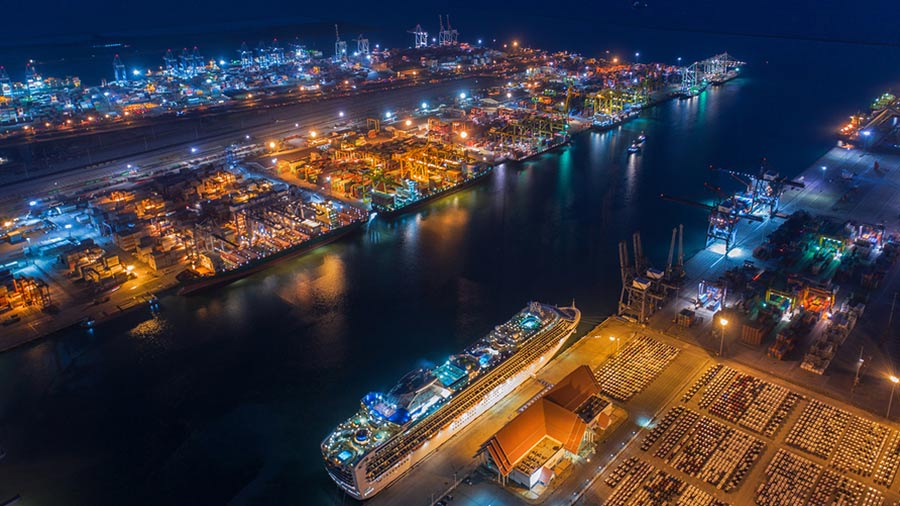As much as 300,000 rai is being prepared for development into industrial areas for the government’s flagship Eastern Economic Corridor (EEC)
The areas will be expanded from those owned by 21 existing industrial estates that span 82,000 rai. They also exclude 20,000 rai to be allocated for the development of the Eastern Economic Corridor of Digital (EECD) and Eastern Economic Corridor of Innovation (EECI).
Monton Sudprasert, director-general of the Department of Public Works and Town and Country Planning, said a draft of the EEC town plan that governs the new industrial areas is likely to be finalized in December before being submitted later for a public hearing.
“The EEC town plan will come into force by the middle of next year to conform with anticipated higher demand for the industrial development, especially for 12 targeted industries,” he said.
The new EEC town plan will cover transport and infrastructure, information technology for the EECD and EECI, education, new smart cities, housing areas, green areas for farming, and garbage and water management.
“The expansion of industrial areas will not affect agricultural areas,” Mr. Monton said, noting that the surrounding areas of existing industrial estates are not all farmland.
He said the new EEC town plan will also cover land use for commercial purpose around U-tapao airport and the planned stations of the high-speed railway linking three major airports.
The government should benefit from developing the areas, he said.
Pierre Jaffre, president of Airbus Asia-Pacific, which is partnering with Thai Airways International Plc in developing a maintenance, repair and overhaul (MRO) centre at U-tapao airport, said Thailand is in a good position to become an aviation hub in Asia-Pacific, which has 90 million passengers, accounting for 5.5% of global passengers.
Asia-Pacific has 7,000 aircraft, with the number projected to reach 16,000 over the next 20 years.
Mr. Jaffre said Airbus also plans to manufacture a satellite at the EEC that will be a cooperative effort of the company and the Geo-Informatics and Space Technology Development Agency.
He said Airbus is also interested in the defense industry, which has been recently included in the government-promoted targeted industries, as well as supplying helicopters for medical services.
Kanit Sangsubhan, secretary-general of the EEC, said the development will be a model for special development zones. The next corridor is expected to be the Southern Economic Corridor.
Prime Minister’s Office Minister Kobsak Pootrakool said the National Economic and Social Development Board is scheduled to propose that the cabinet approve the SEC master plan this month or early next month.
The SEC’s main development projects include the construction of the Chumphon-Ranong double-track rail, worth 10 billion baht, and an upgrade of Ranong port, worth 10 billion baht.
Development is expected to be implemented by the middle of next year.
The Southern Economic Corridor will span four provinces: Nakhon Sri Thammarat, Chumphon, Ranong and Surat Thani.


0 Comments